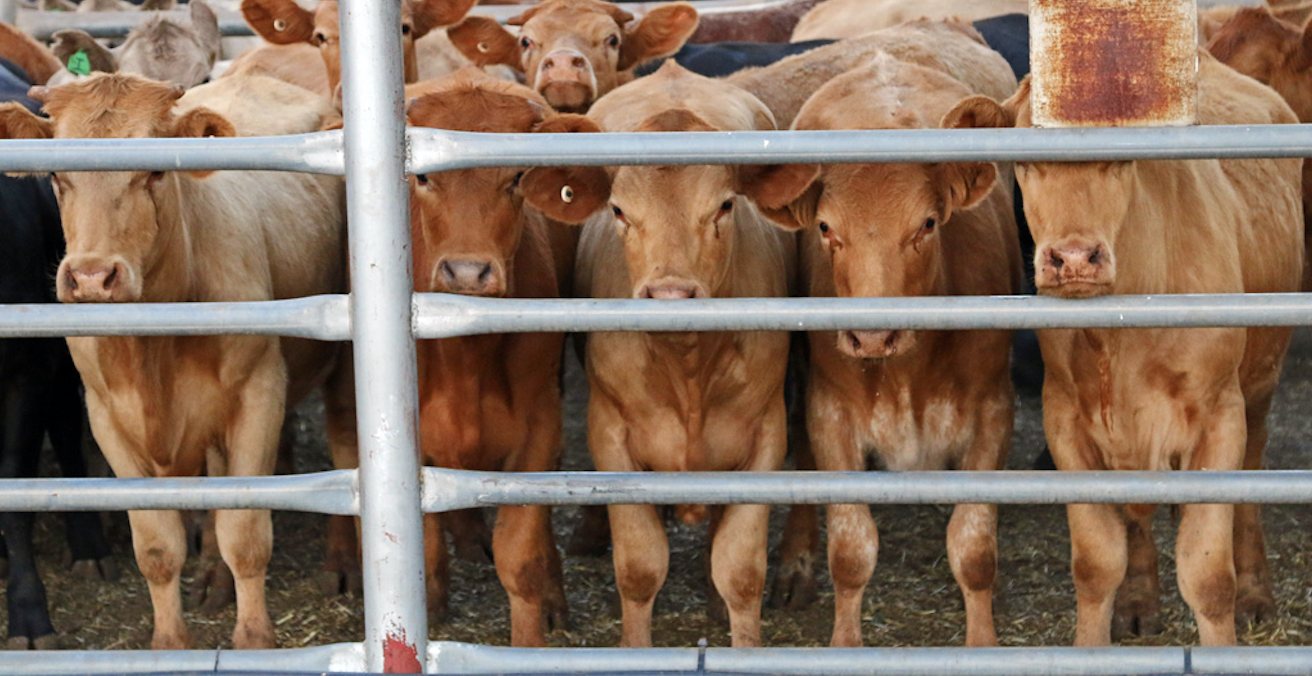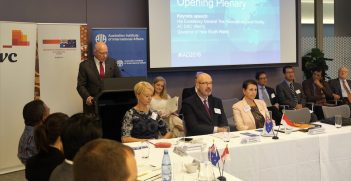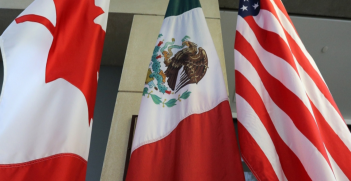The Brexit Morass – Will Australia Gain or Lose?

The United Kingdom’s withdrawal from the European Union may eventually present opportunities for Australia. But, while much will depend upon the shape of the final withdrawal agreement, there are measures Australia could take now to develop future opportunities.
When the Brexit referendum showed most Britons wanted to exit the European Union, the Australian beef industry saw it as an opportunity. Beef farmers bear grudges and had held them ever since the United Kingdom significantly cut access for imported Australian beef when it joined the European Community’s Common Market in the 1970s. They were particularly irked that the UK continued to import red meat from New Zealand.
As such, Australian trade officials were quick to present themselves to Theresa May’s government after the pro-Brexit vote was delivered (so too, for that matter, were New Zealand and Canada). They all knew there was an opportunity to provide larger quantities of cheaper beef to the UK than EU rules had previously allowed.
In Australia’s case, the capacity to supply such beef has faded in the short term following the recent damage to cattle herds from severe weather in the form of both floods and droughts. But there has still been scope to chase the case. Australia need not worry that its opportunity to regain a decent share of the UK beef market may be lost. But it should not expect significant gains to occur too quickly.
There is a bigger problem, now very clear in international media. Prime Minister May has been unable to shape a majority vote in the British Parliament to implement her model for withdrawal from the EU. There are three basic reasons.
Prime Minister May has acted with political clumsiness. After she was appointed prime minister on the retirement of her Conservative Party predecessor, David Cameron, in July 2016, she called an early election in June 2017 – which she nearly lost. The Tory manifesto she took to the polls did not appeal to Tory voters. She held office by aligning with ten Northern Irish unionists from the Democratic Unionist Party. This gave her the slim majority that kept her in office.
Prime Minister May then made a further misstep that has proven to be just as severe. David Davis, May’s appointee as trade minister, was effectively driven out of office as the result of another serious gaffe. In July 2018, the Prime Minister assembled the British cabinet to consider a 100-page plan to facilitate the Brexit withdrawal. This had not been seen before by Davis or his department. Only about one-third of the document addressed trade, and rather poorly at that. He resigned on the spot.
The third blunder was the failure at dealing with the EU executive in Brussels. It appears Prime Minister May assumed she could negotiate with Brussels. As Canada found when it set about negotiating a rather simple free trade agreement with the EU, settling minor points, let alone major ones, takes an immense amount of time. May assumed negotiating with the leadership in Brussels would be easy. That was never to be.
In the end, she has had even more trouble trying to sort out the UK’s position. Before she could test the waters with Brussels, she had to strike a common position with members of parliament. She couldn’t. The differences between the Conservatives, who were divided into two camps, the Labour Party, which had no practical position, and the interests of the minor parties, could not be breached.
Prime Minister May grossly miscalculated how to deal with the EU. Attention was given to how to separate customs management as products moved in and out of the UK. The EU applies a common system to regulate trade with all 27 members. But that was not the biggest or most difficult problem. What Prime Minister May and her inner cabinet failed to grasp was how the EU functioned at its core. It is a large organisation and is led by 27 heads of government. No decision is taken easily.
The reality is that coming to a common position among all of them on matters other than the simple proposition put to the UK, which included continuing regulatory engagement in the EU trading system, was well-nigh impossible.
The EU is also slow at completing agreements. After the Berlin Wall came down, eleven former Soviet satellites opted to join the EU. This required recasting the tariffs in those member states to finalize their access to the World Trade Organization as members of the EU. That process remains unfinished.
Prime Minister May’s major weakness was not to declare exactly what the UK wanted. This could not be decided internally.
Canberra saw two key areas of immediate gain from Brexit. One was access to the UK beef market. Australia’s beef is cheap and of high quality. But with the tangle of interests, whereby Ireland and Northern Ireland insist trade in beef between the UK and Ireland must remain as it is (that is, highly protected) as a condition for supporting Brexit, that will not be plain sailing.
The second opportunity Canberra saw was for investment. As the UK is the second largest foreign investor in Australia, both Australia and the UK would benefit from granting the UK open rights to invest up to a billion dollars without review, as is the case with most of Australia’s other free trade agreements. Australia could give that right to the UK.
It should. We would all benefit.
Alan Oxley is a former Ambassador of Australia to the General Agreement on Tariffs and Trade (predecessor of the World Trade Organization), principal of ITS Global and chair of the APEC Studies Centre at RMIT University.
This article is published under a Creative Commons License and may be republished with attribution.





